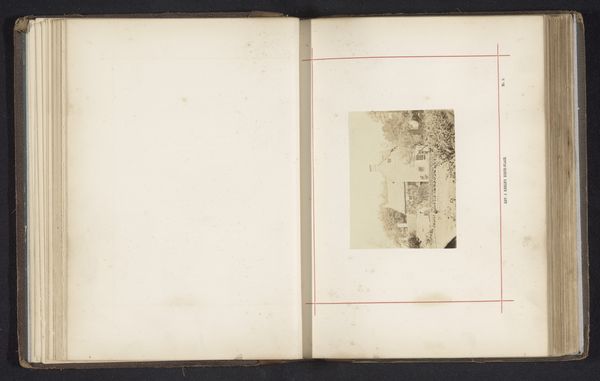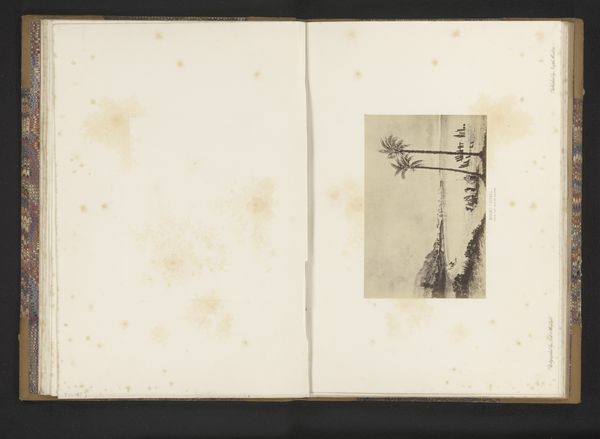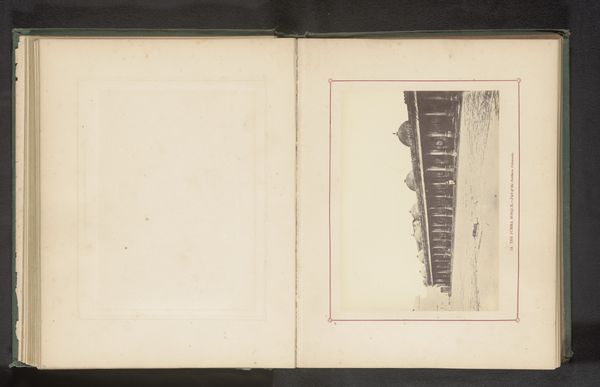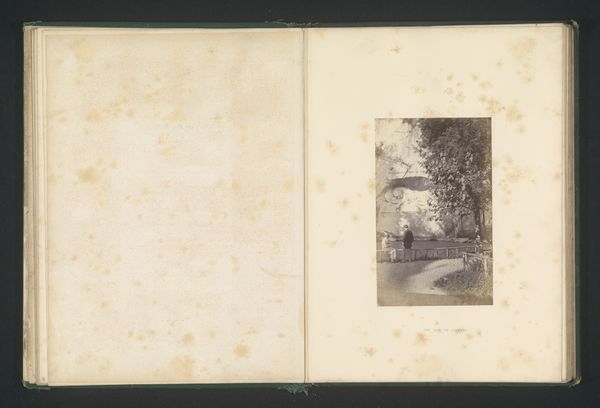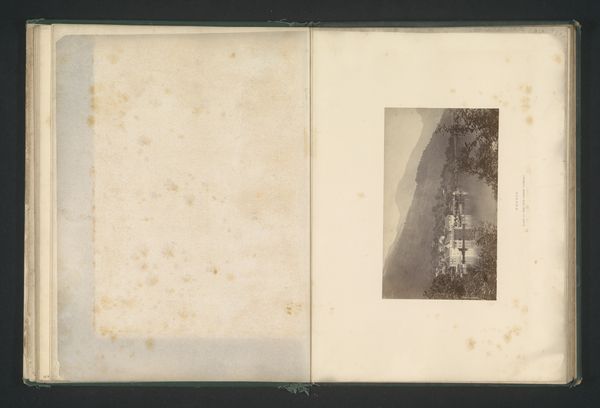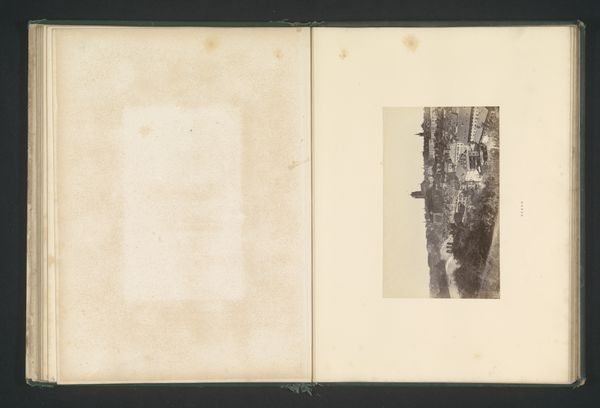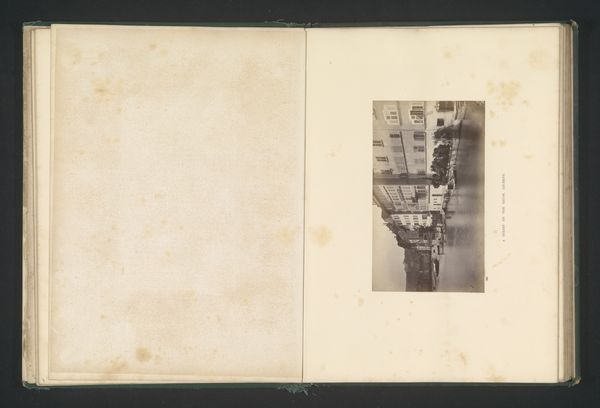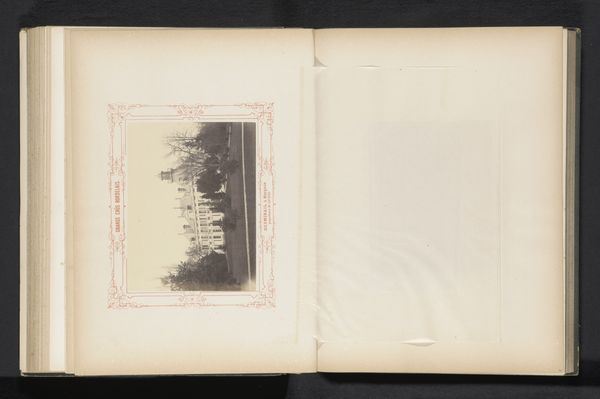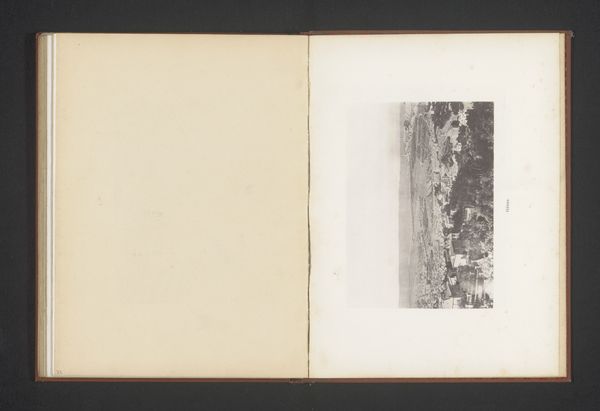
plein-air, photography
#
plein-air
#
landscape
#
photography
#
coloured pencil
#
watercolor
Dimensions: height 190 mm, width 262 mm
Copyright: Rijks Museum: Open Domain
This sepia-toned photograph, by M. Lebeuf, captures a view of the Besançon observatory. Photography emerged in the 19th century as a medium deeply entwined with both scientific inquiry and artistic expression. The photographic process itself involved a complex interplay of chemical reactions, skilled labor, and specialized equipment. Each print required careful manipulation of light, time, and materials, resulting in a unique object that blurred the boundaries between documentation and artistic interpretation. Consider the social context of photography. The rise of photography coincided with the Industrial Revolution and the expansion of global capitalism. It democratized image-making, enabling the mass production and dissemination of visual information. This had profound implications for labor, politics, and consumption, as photography became a powerful tool for shaping public opinion and promoting consumer culture. Understanding the materials, processes, and social context of photography is essential for appreciating its full significance as an art form and a cultural phenomenon.
Comments
No comments
Be the first to comment and join the conversation on the ultimate creative platform.
